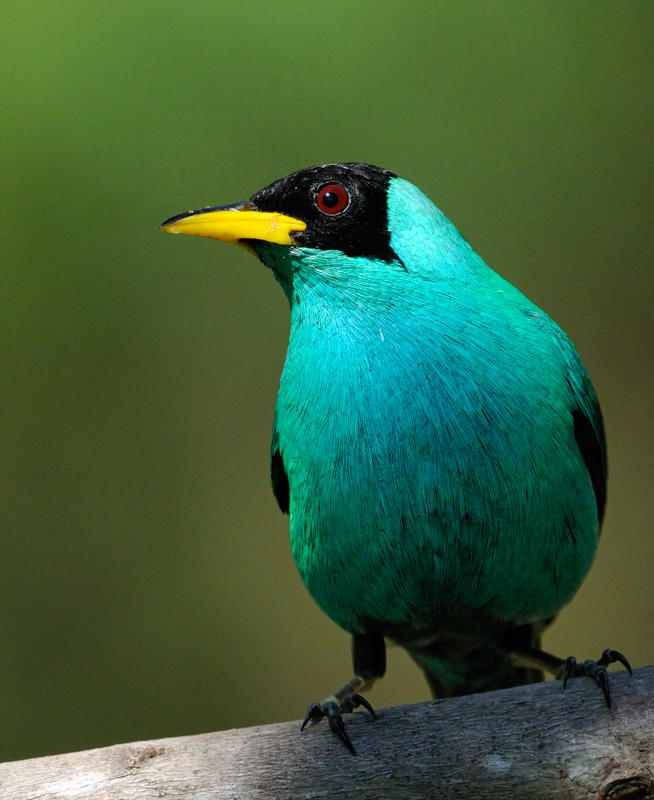
They are colorful, charming, and intelligent, but can become very aggressive in captivity and attack other birds when confined. They can learn to speak a few words and phrases, similar to other parrots however, their vocabulary is relatively limited.

Pacific parrotlets are popular pets that are nicknamed “pocket parrots” due to their small size. They are social birds that can gather in flocks of over 100 birds, spending hours each day in the trees where they forage for fruit and seeds. Pacific parrotlets also have pinkish beaks and pinkish-gray legs and feet. Females do not have blue parts of the wings but can have blue eye streaks and blue rumps.
Green honey creepr Patch#
Males are green and have a blue patch behind the eyes and blue parts of the wings and the rumps. Pacific parrotlets are small green parrots found in tropical forests of Central and South America. Pacific Parrotlet Pacific Parrotlet | Source: Jhwodchuck at English Wikipedia, Public domain, via Wikimedia Commons Want to see examples of charming green and yellow birds? Check this article. They can be often seen in small groups and in large numbers when roosting, often exceeding 200 birds. They can be often seen flying gracefully and catching insects and other prey.Īsian green bee-eaters got named after their favorite type of food – bees. They can be identified by their nasal trill “ tree-tree” calls that they usually give in flight.Īsian green bee-eaters are common around open woodlands, fields, farmlands, and human habitats. Their eyes are crimson red, their beaks are black, and their legs are dark gray. They are mostly green with blue parts on the chins and throats, slender black face masks, and black throat bands. Asian Green Bee-eaterĪlso known as little green bee-eaters, the Asian green bee-eaters are small and slender birds commonly found in Asia and Africa.

Incubation is done by the female and lasts for a period of 13 days.Examples of small green birds include the green honeycreeper, Pacific parrotlet, green kingfisher, ovenbird, Asian green bee-eater, green-crowned woodnymph, and many others. The female then lays 2 white eggs with brown blotches per clutch. The female Green Honeycreeper will build small cup shaped nests in trees. It resides in the canopy but will occasionally venture into clearings and the forest edge. It prefers forest and secondary woodland. The Green Honeycreeper ranges from southern Mexico to the Amazon Basin, with disjunct populations in southeastern Brazil and on the island of Trinidad. This honeycreeper will supplement its diet with some nectar and insects. This is unlike most other honeycreepers that rely heavily on nectar. This species' diet relies heavily on fruit. Both the males and females have a distinctive curved yellowish bill with a black culmen, or upper ridge. They have a straw colored belly and do not have black heads.


The females have apple green plumage with darker wings. The males are mainly blue green with a black head and wing tips. The Green Honeycreeper is about 5.5 inches long and weighs approximately 17 g. It is monotypic and the only species in its genus. This canopy dweller is found singly, in pairs, or in large mixed honeycreeper and tanager flocks. The Green Honeycreeper is a small tanager found from southern Mexico northern South America.


 0 kommentar(er)
0 kommentar(er)
